

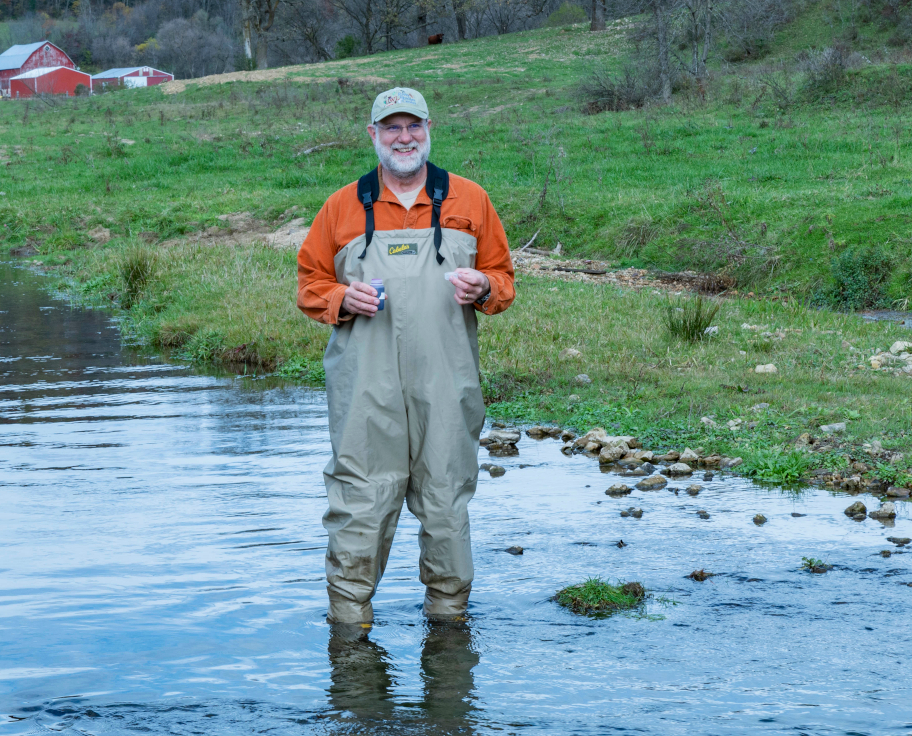 |
Based out of La Crosse Wisconsin I am fortunate to have a wide variety of aquatic ecosystems within a very short distance of campus. For example, the UWL campus sits adjacent to a large urban riverine marsh and only a couple kilometers away is the main channel of the Mississippi River and all of its connected and diverse habitats. Also, we are located in the middle of the Driftless Area with a drainage system based on cold water trout streams. The only thing missing in the immediate area are natural lakes, but those are just a short drive away up in northern Wisconsin. I am often on the lookout for interested and dedicated undergraduate and graduate students (UWL has a Masters Degree program in Biology). If you are interested in pursuing a research program in my lab I encourage you to contact me for more information. |
Kassie Zimmer (2024-Present) Kassie joined us from Fort Hays State University in Kansas where she received a Bachelors Degree in Biology. Her Master's Thesis research is examining the abundance of microplastic particles found in the digestive tracts of avian species in the upper midwest US, primarily Wiscsonsin. |
|
 |
Megan UWL Biology-Environmental Science grad that stayed on to pursue a MS degree in Biology-Aquatic Science. Her thesis quantified microplastic pollution the water column of the Upper Mississippi River. She focused her research on the main channel and backwater lakes of Pool 8, near La Crosse. |
Matthew Chen (2021-2023) Matthew earned his B.S. in Water and Environmental Science from the University of Nebraska-Lincoln before coming to UWL for his graduate education. His thesis research focused on understanding the ecology of large woody debris in the UMR - specifically exploring the spatial distribution and biofilm dynamics associated with wood in the many habitats found in the UMR. Matt is currently an Environmental Scientist at EHS Support based out of Philadelphia, Pennsylvania. |
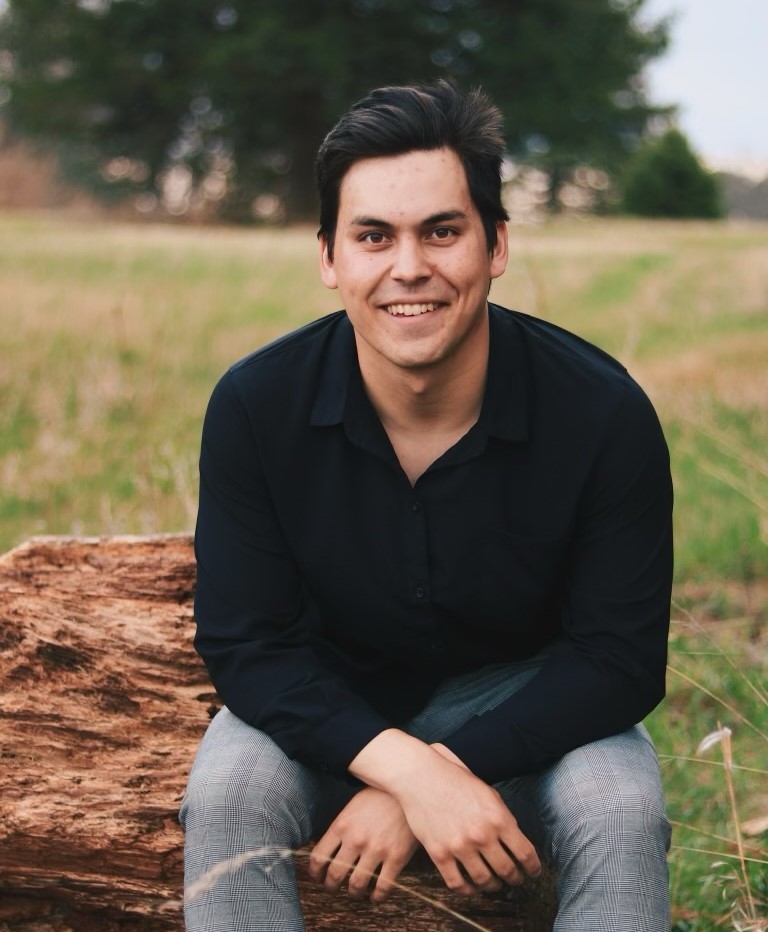 |
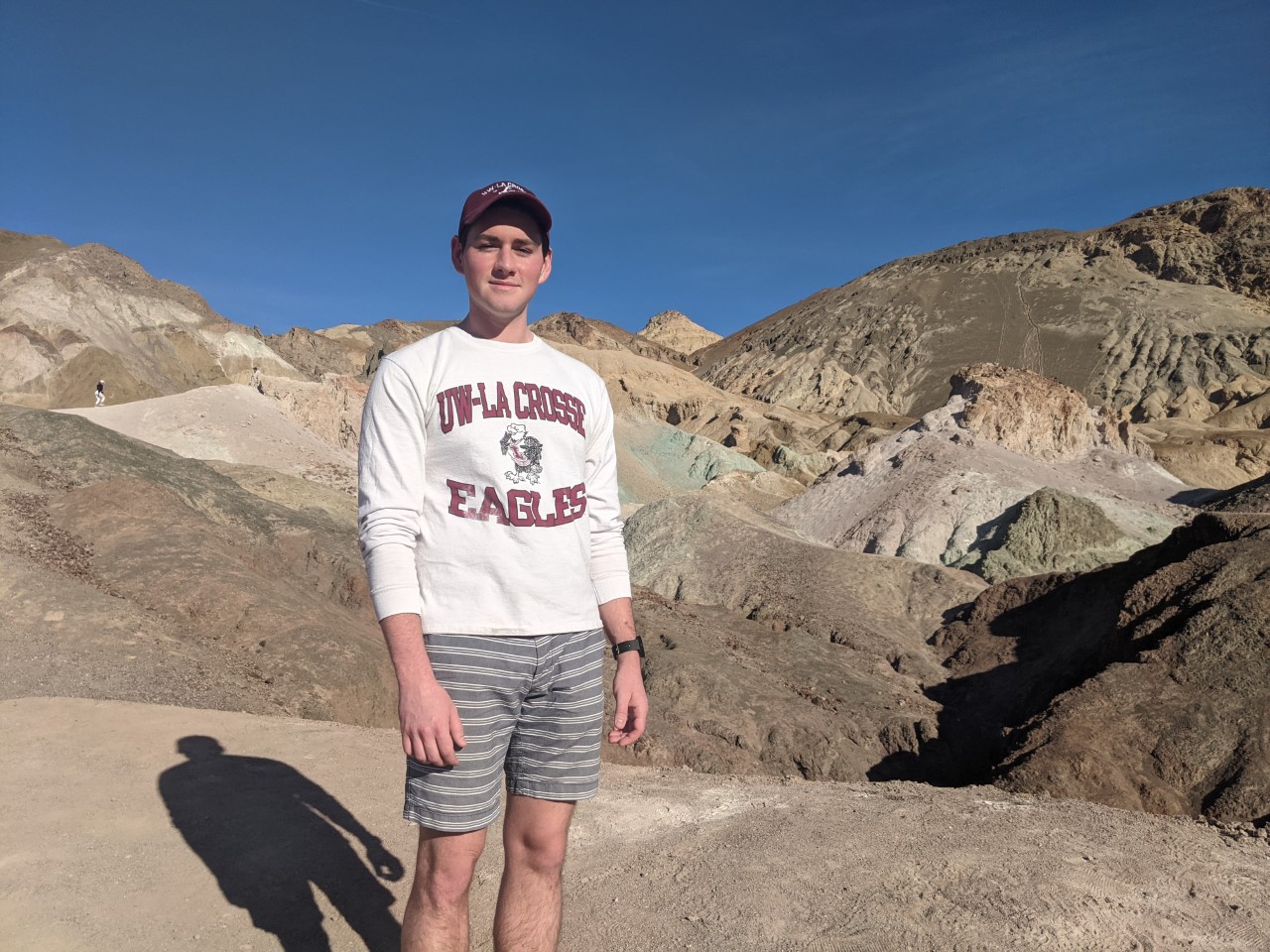 |
|
Pat Perner (2020-2023) Pat is a UWL Aquatic Biology graduate that decided to come back for his Masters degree after a few years of working for the USGS in La Crosse. He studied the influence of sediment characteristics on sediment oxygen demand and the role of sediment oxygen demand on winter hypoxia in ice-covered backwater lakes of the Upper Mississippi River. He returned to the USGS and is now a Biologist at the USGS Upper Midwest Water Science Center field office in Rhinelander, WI. |
|
|
|
Vanessa is a UWL Aquatic Science graduate that decided to stay for her Masters to build off of her undergraduate research project. Her thesis research examined seasonal changes of carbon concentration and composition and how that impacted the microbial community in lakes and streams in the Northwoods of WI. Her efforts landed her a nice PhD opportunity at the University of Minnesota. |
Courtney Baker (2019-present) Courtney is a UWL Environmental Science graduate that decided to stay for her Masters. Her project aims to quanitify microplastics in gut contents of various fish species in the Upper Mississippi River and to understand species-specific patterns related to feeding strategy and habitat location. |
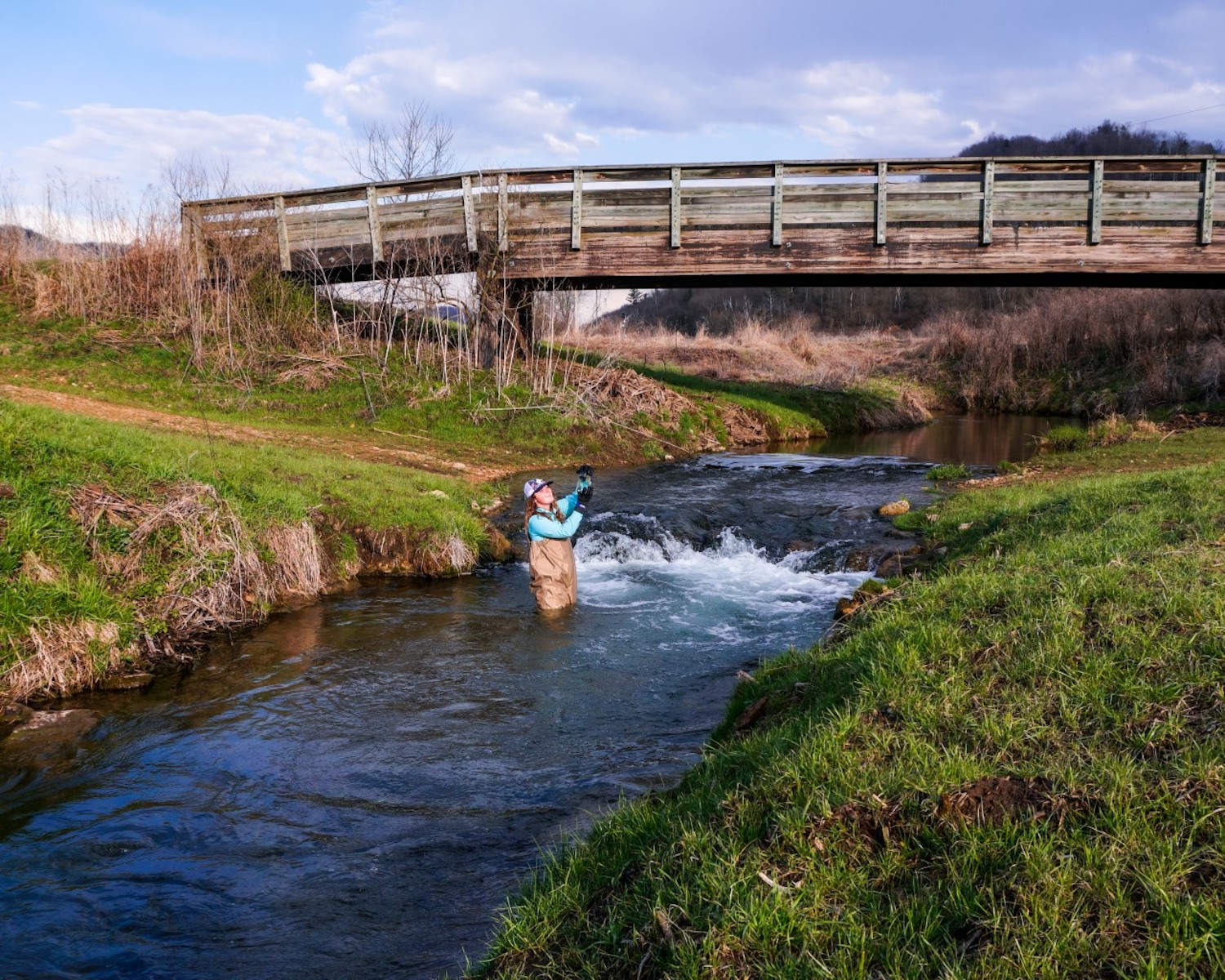 |
|
Kristina earned her Bachelors in Natural Resources Management from North Dakota State University in 2012. She had the opportunity to work in various field technician rolls before coming to UWL in 2018 to pursue her Masters degree while working full time for the WI DNR. She conducted a Brown Trout removal project studying the interspecific competition between Brook and Brown Trout using stable isotope analyses. Kristina is currently a Fisheries Biologist with the Wisconsin DNR in La Crosse. |
Dustin McHenry (2017-2023) Dustin is a UWL Aquatic Science graduate and decided to stay local for his graduate education. His research examined phosphorus uptake and retention in headwater streams of the Fox River Basin in Wisconsin. Dustin is currently a Water Resources and Instrumentation Specialist at Mississippi Watershed Management Organization in Minneapolis. |
|
 |
|
Katie Bohrman (2014-2017) Katie was an undergraduate researcher in my lab that decided to stay on and get a MS degree. Her research was to originally link the geomorphology of Spring Coulee Creek to transient storage and phosphorus uptake rates. However, she quickly added a focus on macrophytes and how they can affect storage and phosphorus uptake. |
|
Amanda Milde (2013-2016) Amanda is a homegrown talent and UWL alum. She went off to work for a bit at the USGS before deciding she wanted to get a MS degree (that was a good decision). Her project was a collaborative effort with the USGS lab in La Crosse and she examined seston quantity and quality in the Upper Mississippi River, mostly down by Keokuk, Iowa. Her results are being used to predict the impact of the invasive Asian carp on riverine ecosystems. Amanda is still employed with the USGS in La Crosse. |
|
Whitney Swanson (2013-2016) Whitney really likes plants. As an undergraduate student here at UWL she conducted an experiment to examine soil nutrient availability, nitrification rates, and other processes in a UMR floodplain forest in response to reed canary grass invasion, flooding, and various management practices. This was a collaborative study associated with other research projects of Dr. Meredith Thomsen and Dr. Nate De Jager (USGS, UMESC). The project grew in scope and she elected to stay on and turn the whole thing into a MS Thesis. |
|
Jenna Merry (2011-2015) Jenna has always been a fish squeezer at heart. When she came across the river from Winona State to do her MS research at UWL, it was no suprise that she wanted to pursue something in fish ecology. Of course I had to insert a little ecosystem ecology into her project so the compromise was a project investigating the influence of macrophytes on slimy sculpin distribution & food web structure in Driftless Area streams. |
|
Rachel Olmanson (2011-2014) Rachel earned her B.S. degree in Biology from the University of Minnesota Duluth in 2006. She worked for an NGO for a few years before deciding that a MS Degree was needed to get where is wanted to go in her career. Her project was an ambitious seasonal water quality (C, N, P concentrations) survey of 77 Driftless Area streams to explore the effect of land use on water quality. |
 |
 |
Robert Mooney (2011-2014) Rob loves doing research. As an undergrad here at UWL, Rob did a few projects related to nutrient limitation of algal growth before he moved onto his nitrogen/phosphorus stoichiometry work with a local Driftless Area cased caddisfly species. That project transitioned into his thesis research. Rob won several awards for his research presentations at regional, national, and international meetings and was co-advised by Dr. Roger Haro |
Shane Symmank (2009-2011) Factors regulating ecosystem-level processes of periphyton in a backwater lake of the Upper Mississippi River. Specfically, Shane examined the effects of substrate type and nutrients on primary production, secondary production, and respiration of the autotrophic and heterotrophic members of the periphyton community. Shane also discovered that the Mississippi River can relentlessly flood out a graduate students research project. |
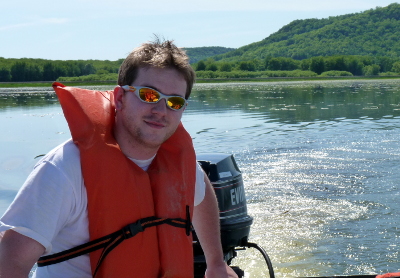 |
Brad Austin (2006-2008 at Fort Hays State University) Brad was my first graduate student and his work ethic set the bar pretty high for all my future students. His research looked at the nitrification and denitrification response to varying periods of desiccation and inundation in a western Kansas stream. |